Smart home technology is advancing at a rapid pace, transforming how we interact with our living spaces. Home automation is no longer limited to basic lighting and temperature control; today’s smart homes are incorporating artificial intelligence, advanced sensors, and universal connectivity to provide a seamless and intuitive experience. With increasing integration between devices and platforms, the future of smart homes is focused on convenience, security, and energy efficiency.
As we look ahead, major industry trends indicate that artificial intelligence, sensing technologies, and universal connectivity will redefine how homes function. The rise of AI-powered assistants, automated security systems, and energy-efficient appliances is driving a shift toward smarter, more self-sufficient homes. Here’s a closer look at the emerging trends shaping the future of smart home technology.
1. AI-Powered Smart Home Assistants
Artificial intelligence is revolutionizing the smart home industry, enabling devices to adapt to user preferences and automate everyday tasks. AI-powered home assistants are becoming more intelligent, learning from user behaviors and making real-time decisions to enhance efficiency. Voice assistants like Alexa, Google Assistant, and Siri are evolving into proactive systems capable of managing multiple devices simultaneously.
Amazon is investing heavily in its AI-powered Alexa Plus, a next-generation smart assistant designed to provide a more natural and conversational experience. This upgrade will enhance voice recognition, allowing for more personalized automation and predictive control over smart home devices. Learn more about Amazon’s AI-powered Alexa Plus.
Similarly, Samsung is advancing AI integration through its “Home AI” roadmap, which aims to unify smart home control through machine learning and automation. At CES 2025, Samsung unveiled Ballie, an AI companion robot designed to interact with homeowners, manage daily tasks, and optimize home automation. These AI-driven systems are set to make smart homes more intuitive, reducing manual intervention and improving overall efficiency. Read about CES 2025 innovations.
2. Advanced Sensing Technologies: Wi-Fi and mmWave Sensing
Smart homes are increasingly leveraging sensing technologies to enhance automation and security. Traditional motion sensors are being replaced by more sophisticated solutions, such as Wi-Fi Sensing and millimeter wave (mmWave) sensors, which allow for more precise detection of movement and environmental changes.
Wi-Fi Sensing uses existing Wi-Fi signals to detect motion, occupancy, and even biometric data without requiring dedicated sensors. This technology enables applications such as gesture control, security monitoring, and energy-efficient automation, making smart homes more responsive to real-time changes. Discover how Wi-Fi Sensing works.
mmWave sensing takes this a step further by offering highly accurate motion tracking and presence detection. Unlike cameras, mmWave sensors can monitor room occupancy, detect human breathing, and even track heart rates without compromising privacy. This is particularly beneficial for elderly care, security monitoring, and smart lighting adjustments. Learn more about mmWave sensing.
3. Universal Connectivity with Matter Protocol
One of the biggest challenges in smart home adoption has been device compatibility across different brands. The introduction of the Matter protocol is changing this by creating a universal standard that allows smart devices from different manufacturers to communicate seamlessly. Matter is backed by major tech companies, including Apple, Google, Amazon, and Samsung.
Since its launch in 2022, Matter has undergone multiple updates, expanding support for devices such as smart lighting, locks, thermostats, and security systems. This standardization simplifies the setup process for users, ensuring that smart home products work together effortlessly. Learn how Matter is transforming smart home integration.
4. AI-Driven Smart Appliances
AI-powered home appliances are making everyday life more convenient by optimizing energy use and automating tasks. Smart refrigerators can now track expiration dates, suggest recipes, and even place grocery orders online. AI washing machines adjust water and detergent levels based on load size, reducing waste and enhancing efficiency. Read about AI-powered home appliances.
From robot vacuums that navigate through homes autonomously to adaptive lighting systems that mimic natural daylight, AI integration is making homes smarter and more energy-efficient. Explore top smart home devices.
5. Modular and Prefabricated Smart Homes
With urban spaces becoming more compact, modular and prefabricated smart homes are emerging as a viable solution. These homes come pre-equipped with smart technology, allowing for plug-and-play functionality. The “granny pod” is a new trend in modular housing, offering compact, fully integrated smart home units designed for affordable living. Read about the rise of modular homes.
Conclusion
The smart home industry is undergoing rapid transformation, driven by advancements in AI, sensing technologies, universal connectivity, and modular housing solutions. As smart home devices become more intelligent and interconnected, homeowners can expect greater convenience, security, and energy efficiency. The future of smart homes is here, and it is smarter, more adaptive, and more connected than ever before.
Stay ahead with the latest smart home innovations. TechNest can help you integrate cutting-edge technology into your home for a smarter, more efficient living experience.

